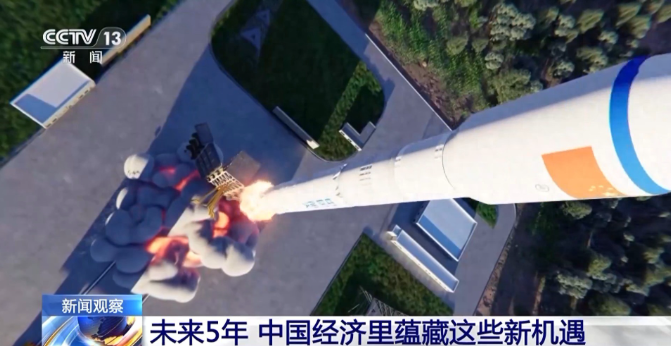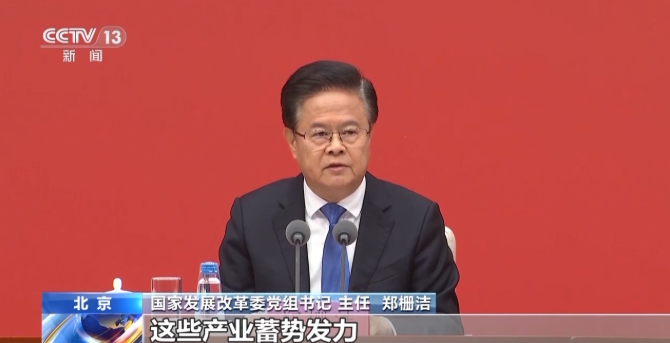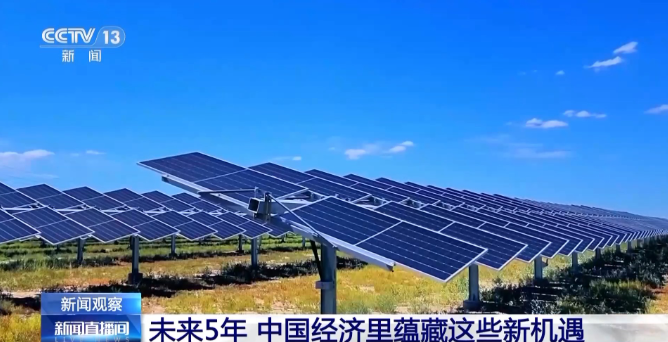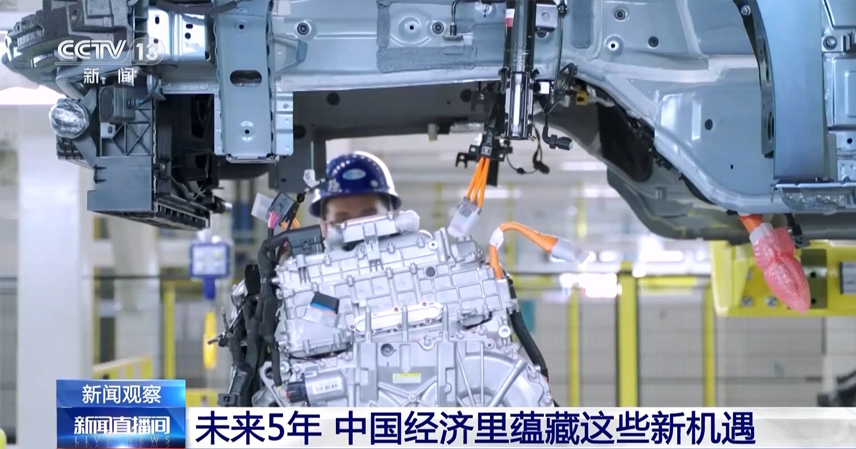This morning, the Communist Party of China held a press conference to explain the key takeaways from the Fourth Plenary Session of the 20th Central Committee. The briefing revealed significant insights into where China’s economic growth may come from in the next five years.
During the conference, Zheng Shanjie, Director of the National Development and Reform Commission (NDRC), outlined a roadmap that highlights multiple emerging opportunities for China’s economic transformation and expansion.

Building New Strategic Pillars
Zheng emphasized that China will accelerate the development of strategic emerging industries, including new energy, advanced materials, aerospace, and the low-altitude economy. These sectors are expected to create several trillion-yuan markets, becoming the new pillars of China’s economy.
In addition, China is actively laying the groundwork for future industries, such as quantum technology, bio-manufacturing, hydrogen and nuclear fusion energy, brain-computer interfaces, embodied intelligence, and sixth-generation (6G) communications.
According to Zheng, “These industries are poised to unleash immense momentum. In the next decade, their combined output will be equivalent to rebuilding China’s entire high-tech industry.”

Expanding the “Blue” and “Green” Economies
The NDRC also identified the marine economy (“blue economy”) and green economy as vital new drivers of growth. Currently, China’s ocean economy has surpassed 10 trillion yuan, while the green and low-carbon industry has reached 11 trillion yuan in scale.
Over the next five years, China aims to accelerate its transition toward green and sustainable growth, promoting coordinated progress in carbon reduction, pollution control, and ecological expansion. This transformation could potentially double the size of the green economy.
Upgrading Traditional Industries
While innovation takes center stage, traditional industries will also play a key role. Estimates suggest that upgrading existing industries could generate an additional 10 trillion yuan in market opportunities. This process will bring forth new technologies, products, and jobs, reinforcing the competitive edge of established sectors.

Investing in Infrastructure and People
Investment will be a major engine of growth. In the next five years, China plans to integrate physical infrastructure investment with human capital development. One example is the massive reconstruction and expansion of over 700,000 kilometers of underground pipeline networks, representing 5 trillion yuan in new investment demand.
With China’s GDP expected to reach 140 trillion yuan this year, hitting another historic high, the outlook for the Chinese economy remains full of promise and resilience.



